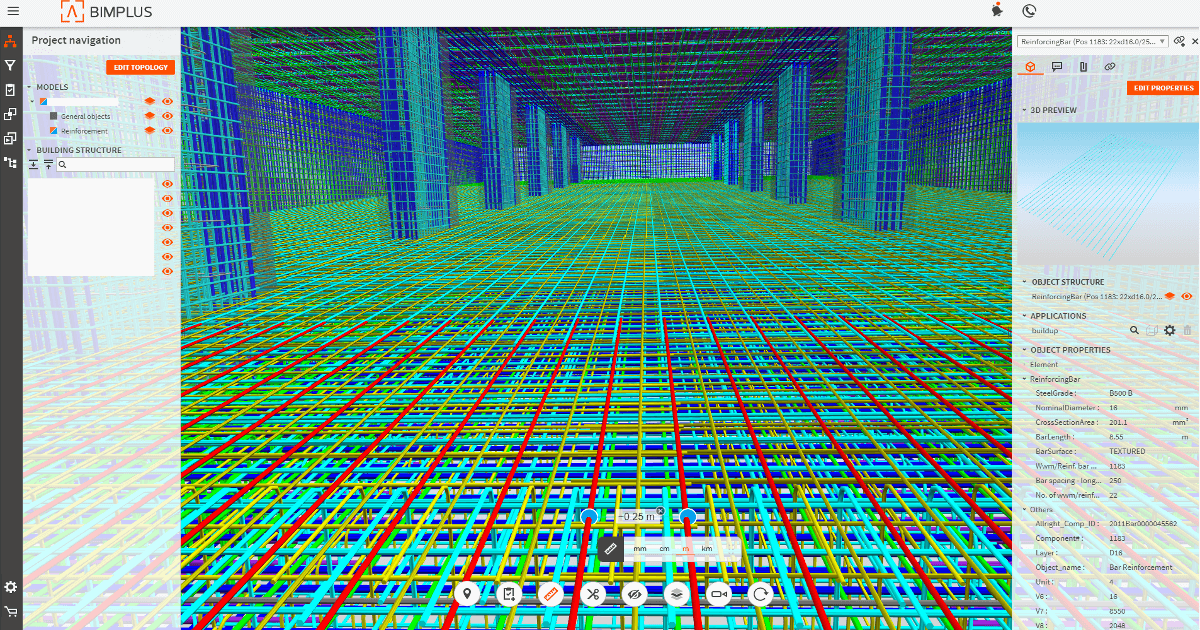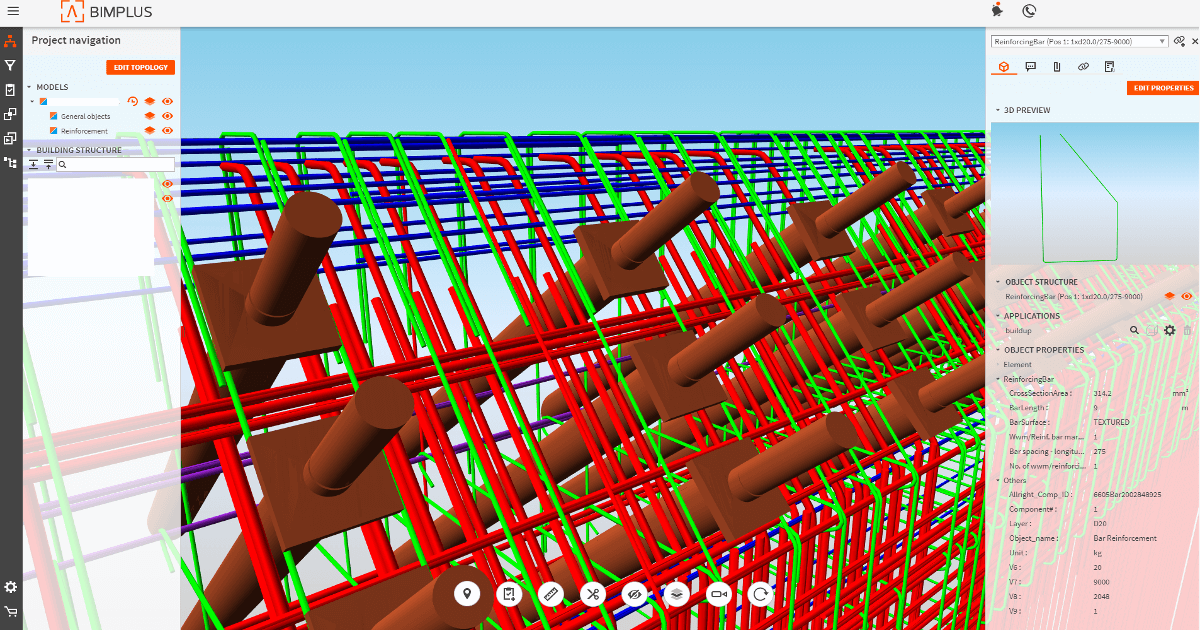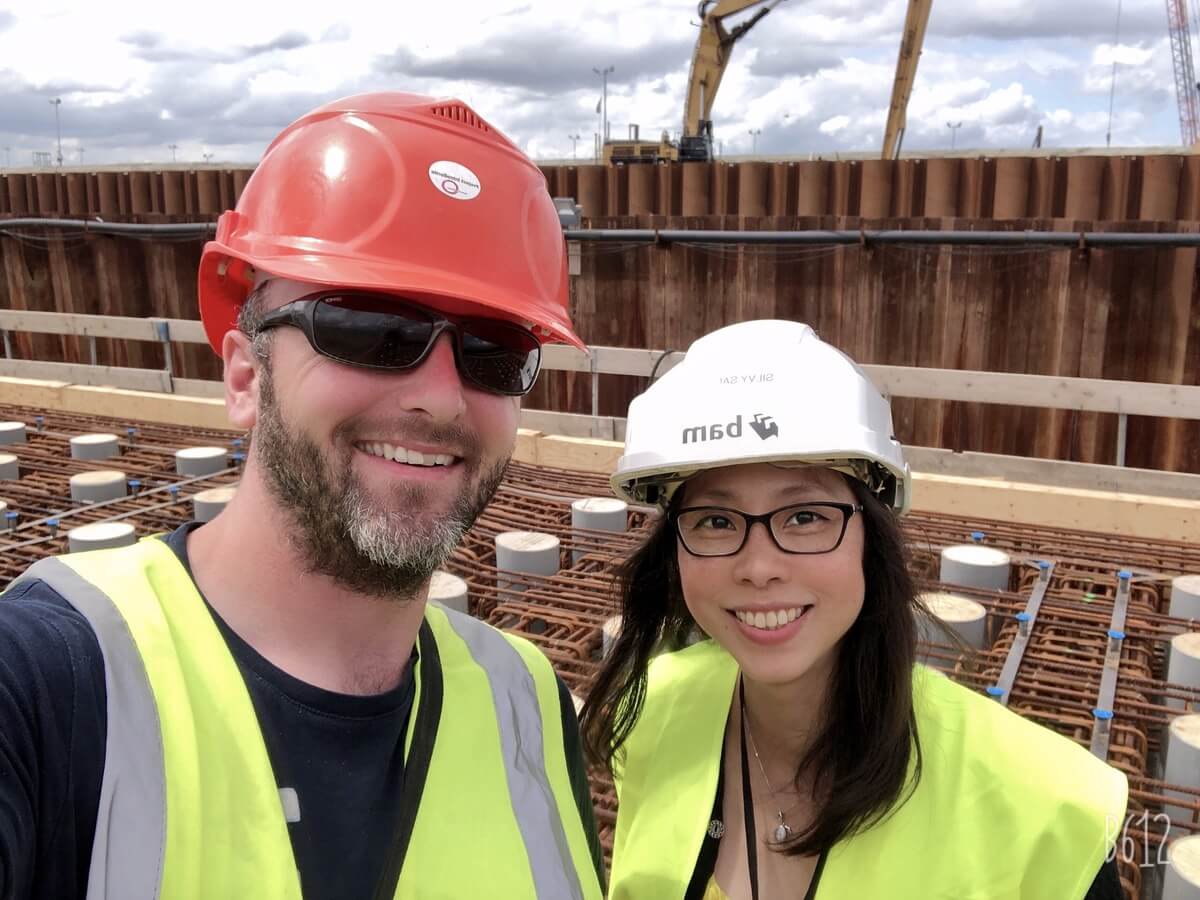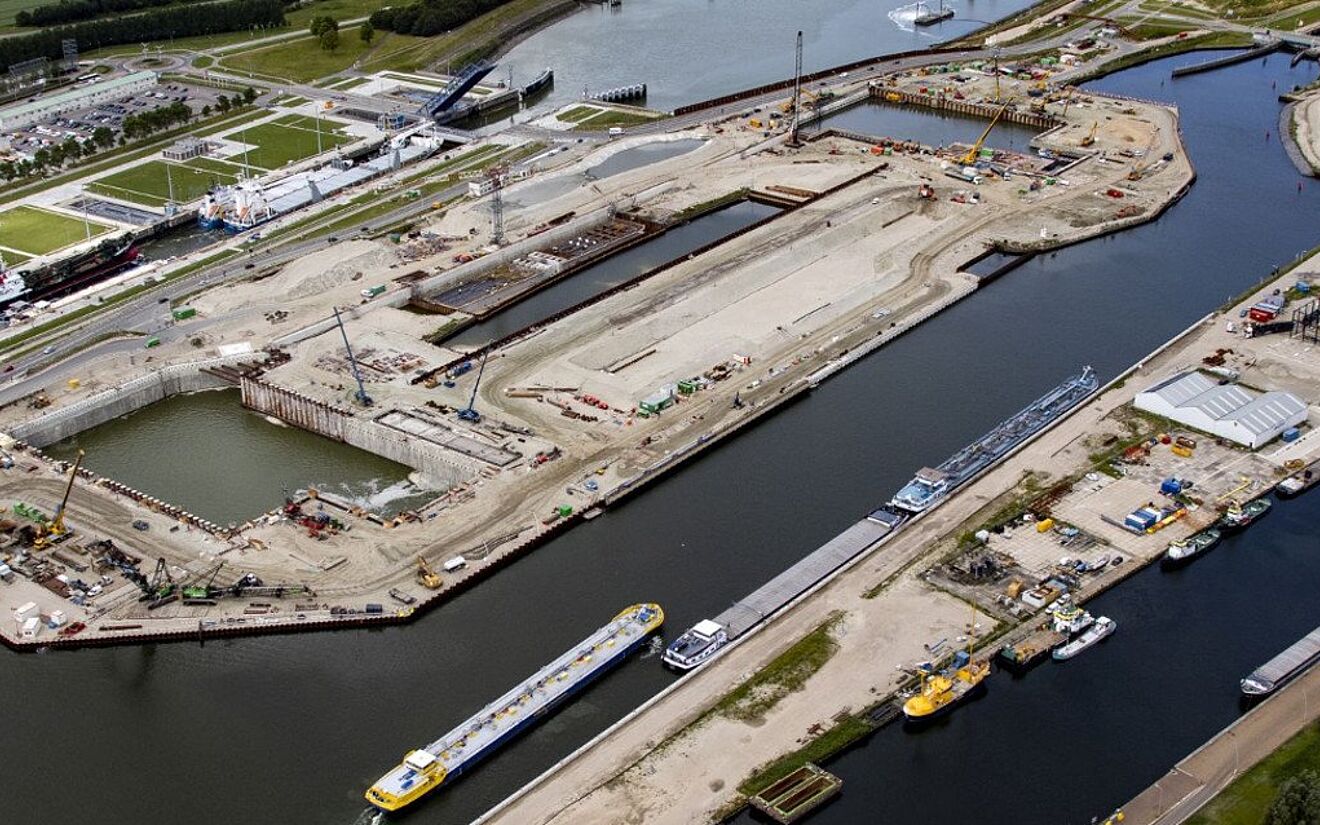In 2023, the New Lock Terneuzen (Nieuwe Sluis) in Terneuzen, Netherlands will accommodate larger vessels and help reduce congestion along this important shipping route. As one of the biggest locks in the world, the new lock will be 427 meters long, 55 meters wide, and 16.4 meters deep. Working on such a large and complex project while ensuring that the current shipping routes can still be maintained has presented the team with many challenges. To deliver this project successfully, the joint venture contractor Sassevaart (consisting of Dimco, Dredging International, BAM Infra, BAM Contractors, and Van Laere) chose to use Building Information Modeling (BIM) and ALLPLAN’s BIMPLUS model coordination platform to ensure that works progressed as efficiently as possible.
About the New Lock Terneuzen
The new lock complex at Terneuzen is being built between the existing locks and will improve access from the cross-border canal at Ghent and Terneuzen to the Western Scheldt (North Sea), as well as to other important ports, such as Rotterdam and Paris. The Rotterdam–Paris inland waterway route (connecting the North Sea to the Mediterranean Core Network Corridor) is one of the busiest navigated canals and an important connection for the economy of Europe. However, this route has some major bottlenecks which impede traffic, and addressing this issue is the aim of the New Lock Terneuzen project. The New Lock ensures a smoother flow of inland vessels between the Netherlands, Belgium, and France, as well as providing a more robust lock complex for seagoing vessels. The final design will not only enable larger and deeper vessels to navigate the waterway by improving the capacity of the lock, but will also provide new mooring and berthing facilities, a deeper outer harbor, and an upgraded Flood Defense Line to guarantee safety against superstorms.

The general preparation works for building the new lock were started in 2017, and the construction work itself began in 2018 with the construction of sheet pile walls before the start of the storm season.
The project is a joint undertaking between Belgium and the Netherlands and has been awarded European subsidies for the planning phase. The Netherlands and Flanders have also submitted a joint application for subsidies to the European Commission for the project execution. The total cost of the project is 934 million euros (incl. VAT).

Complex Operations
The project poses several technical challenges, with many different complex operations being undertaken simultaneously. The existing channel is being widened through dredging, a temporary channel is being created, land is being reclaimed, and new quay walls and a logistics center are being constructed. The New Lock is being built using a combination of dry and wet construction – in the wet construction wherever possible and dry construction wherever required.
One of the biggest challenges that this project presents is that the waterway needs to remain operational during construction. The middle lock will remain open for the majority of the construction period. During this time, a temporary navigation channel will be in use. Up to 13 million cubic meters of soil will be removed through the dredging process, and will either be reused or disposed of via pipelines through the site. In total, 300,000m3 of concrete will be poured, 32,000 tons of reinforcement steel will be required, and 60,000 tons of steel will be installed. In order to manage all the concurrent activities on this project, BIM was adopted as the most efficient working method for coordinating the works and collaborating.

Overcoming Challenges with BIM
The complex operations on this project meant that there was little room for errors and undertaking re-work. To overcome this, Sassevaart implemented ALLPLAN BIMPLUS for the reinforcement process – from the design phase until the preparation and realization phase – to enable the teams to work as efficiently and effectively as possible. This enabled the entire project team to easily review the reinforcement designs and provide feedback, as well as assign and track tasks for efficient change management.
Silvy Santosa, BIM Specialist at BAM Infraconsult, says, “We gain time, efficiency, and accuracy by working collaboratively within one BIM model and gathering and sharing the information in the same platform, while also avoiding the loss of information. Therefore, creating and managing the information within our BIM model across the project lifecycle is the key to successfully delivering this project – hence why ALLPLAN’s digital platform, BIMPLUS, had such an important role in our planning process. BIMPLUS enabled anyone on the project to be able to view and interact with the live design model and optimize their actions from anywhere. By using one coherent model, the entire team has a much better insight into the design than if we had relied on drawings, allows us to work collaboratively, and ensures that information is updated at key stages of the project. For example, we were able to not only identify issues such as clashes in the reinforcement and address them much earlier, but to also integrate sequencing, logistics, and health and safety requirements into our planning.” While the construction process is still underway, BIMPLUS has become an integral part of managing the project and ensuring that this complex project is completed efficiently and accurately.

The Benefits of BIM
Implementing an open BIM solution like BIMPLUS enables all project stakeholders to easily and transparently share and manage information. The result is more efficient and effective communication and collaboration, leading to better executed projects.




